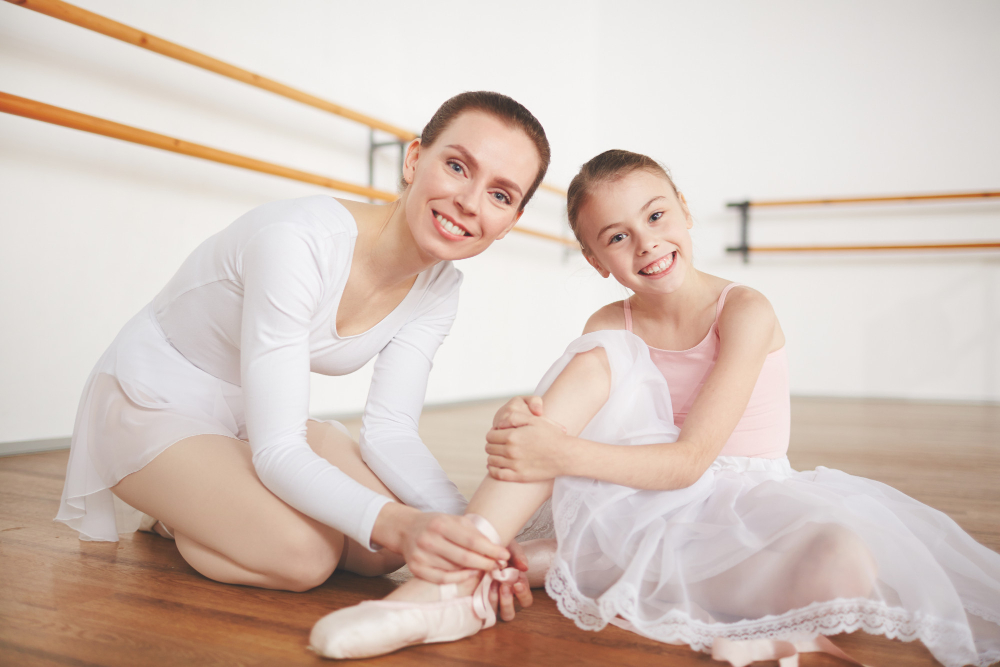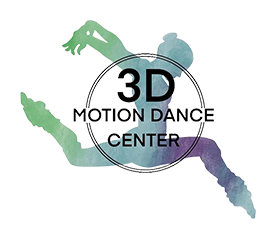Mastering the Graceful Art: A Guide to Becoming a Better Ballet Dancer

The enchanting world of ballet is a culmination of poise, precision, and passion. An art form that seamlessly marries the beauty of movement with the strength of discipline, ballet has the power to captivate audiences and transform those who perform it. For aspiring dancers, the desire to transition from novice to virtuoso is punctuated with questions – How can I improve my technique? What practice methods are the most effective? How do I imbue my performance with the ephemeral quality that defines great ballet?
Within these graceful lines lies a guidebook for the aspiring ballet dancer, unwrapping the enigma of this art form to reveal the path towards mastery. Whether you’re beginning your first plié or preparing for a grand jeté, this comprehensive post will lead you through the meticulous steps needed to enhance your prowess and embody the essence of a ballet dancer.
Understanding the Discipline
The essence of ballet is its timeless discipline, a synergy of body and mind that demands practice and focus. At the heart of this art form are the five basic positions that may seem simple at first glance, but in reality, they are the building blocks upon which a dancer's technique is constructed.
Each movement in ballet, from the demure tendu to the resounding grand battement, requires a kinetic chain of control —from the core to the tips of your extended fingertips. To truly understand this discipline, it is vital to immerse oneself in the language of ballet. Learning the terminology and the history of this art will not only enrich your connection to the form but also deepen your appreciation for it.
In any dance studio, the reverberating echo of a barre routine serves as a testament to the foundational role of discipline in ballet. These seemingly simple exercises are the backbone of a dancer’s daily practice, enhancing flexibility, strength, and precision. By committing to a rigorous training regimen, every dancer can fortify the stability and control that are hallmark to the art of ballet.
Perfecting Your Form
An indelible component of ballet is the quest for perfection. Every plié must be executed to the full extent of your capability; every pirouette must punctuate the air with the intended number of revolutions. To achieve this, concentration is key.
Close your eyes and visualize – your head reaching toward the rafters, your spine elongating as though pulled by invisible strings, and your arms floating like gossamer wings. Visualization ensures that your technique transcends mere movement, and becomes an expression of the soul.
Beyond the beauty of form is the importance of alignment and turnout in ballet. A skilled dancer is intimately acquainted with the correct positioning of their body. Proper alignment, from the shoulders parallel to the hips to the extended line of the leg, fosters the direct, unimpeded flow of movement that is essential in ballet.
Turnout, the rotation of the leg from the hips, can be particularly vexing for novice dancers. The diligent practice of turnout encourages strength and flexibility in the hips and legs, transforming a liability into a defining characteristic of your ballet technique. To enhance your turnout, consider cross training with exercises specifically designed to target these muscles.
Refining Technique Through Practice
Ballet technique is achieved through unyielding practice. The adage "practice makes perfect" is never more pertinent than in the world of ballet. Consistent practice ingrains movements into your muscle memory, liberating your mind to devote attention to interpretation and artistry.
Repetition is one of the disciplinarian’s most potent tools. A sequence of movements, when rehearsed to a point of automation, free the dancer to take flight with elegance and ease. Similarly, combinations that alternate between bars and the open floor are designed to challenge coordination and serve as a test of endurance.
For those seeking to accelerate their growth, private lessons can provide personalized attention to your specific areas of improvement. A skilled instructor can offer corrections and insights that resonate deeply, leading to pivotal breakthroughs in your technique. Additionally, group classes provide a platform to observe and learn from your peers, fostering a collaborative spirit that is foundational to any troupe.
Taking to the stage is another avenue for practice and development. Stage experience invites the synthesis of technique and artistry, as every performance refines your ability to convey emotion through movement. It also acquaints you with the nuances of performing in costume and under the spotlight, which can dramatically alter the perception of movement and require an additional layer of mastery.
Nurturing Artistic Expression
A complete ballet dancer is not solely defined by technique but by the resonance of their performance. Artistic expression in ballet demands an ability to convey emotion through the subtlest of physical inflections.
Begin by understanding the story you aim to tell. Choreography often embodies a storyline or emotion, and a profound connection to its narrative can infuse your performance with an authentic emotional depth. This connection should be felt in every fiber of your being, from the arch of your eyebrow to the reach of your fingertips.
Music is the lifeblood of ballet, and every movement should be in harmony with its rhythm and melody. The ability to interpret and express through the music is a hallmark of a masterful ballet dancer. Listen intently, move deliberately, and allow the music to guide not just your steps, but the timbre of your performance.
Costuming also plays a significant role in ballet, accentuating lines and adding an extra dimension to the narrative. Learn to consider your costume as an extension of your body and movements, rather than an adornment. Balance the aesthetic of your attire with the practicality required for each chosen movement.
Pushing Boundaries and Staying Inspired
The pursuit of becoming a better ballet dancer is an infinite ascent. No mountain has a peak, no ocean a floor; and so, too, the art of ballet offers unlimited potential for growth. Pushing your boundaries is not only about overcoming physical limitations but also about expanding your creative horizons.
Explore different styles of dance to complement your balletic foundation. Other forms such as modern dance can imbue new dynamism into your movements, while jazz can contribute a further sense of style and freedom to your technique. Each new style you add to your repertoire enhances your versatility and understanding of kinetics.
Staying inspired is crucial in a discipline as demanding as ballet. Continue to watch performances by celebrated dancers and attend classes and workshops to keep your passion kindled. Inspiration can also be found in unexpected places – in the flight of a bird, the arch of a bridge, the textures of nature.
Lastly, remember that the road to ballet mastery is not without its obstacles. There will be days of frustration, of feeling like you’re making no progress. On these days, return to the basics — your form at the barre, the language of ballet, the discipline of your daily practice.
Conclusion: The Ballet Journey Continues
In conclusion, becoming a better ballet dancer is not just about perfecting technique, but about understanding and embodying the essence of this centuries-old art form. It requires discipline, dedication, and a willingness to forever be a student of the dance.
If you're looking for ballet classes in Apopka, FL, take the first step in your ballet journey with 3D Motion Dance Center. Expert instructors are ready to guide you through the delicate, exacting movements that will transform your dance experience. Sign up for a free trial class and embark on the lyrically demanding, yet intensely rewarding path that is ballet.
